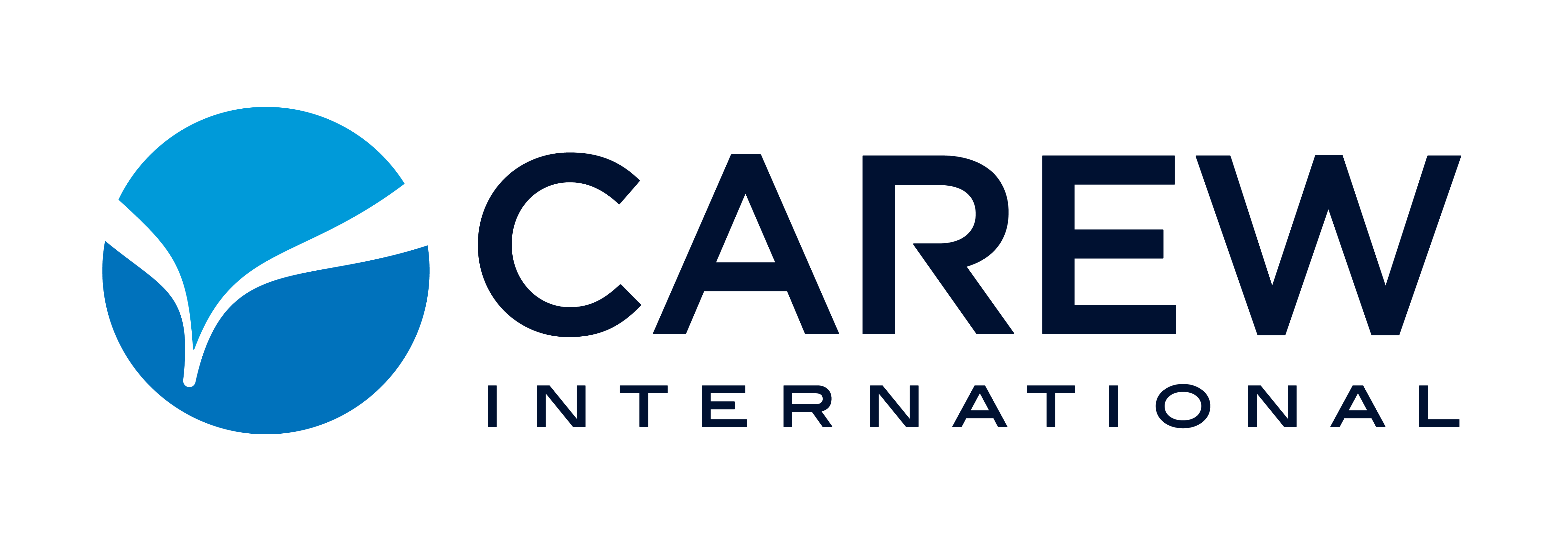In Carew’s Dimensions of Professional Selling® sales training program, we address four customer buyer types as a means to better understand our customers and more closely align our style of engagement with their preferences and expectations. In today’s fast-paced, increasingly digital selling world, it’s time to start thinking about how our customers learn as well. Identifying and being responsive to our customer or prospect’s buyer type is a strategy that helps us engage them in the manner they prefer. Understanding how our customers learn, however, may be a missing piece in our sales tool kits.
There are a myriad of theories and classifications for learning styles. One of the simplest and most well-known models classifies learning styles as Visual, Auditory, or Kinesthetic (VAK). Why is this important? Exceptional salespeople should be able to educate their customers on how and why their solution is the best fit for the customer’s organization, and they should do it in a way that appeals to their customer’s preferred learning style. It is worth noting that some people may use a combination of all three modalities to receive and learn new information, but one or two of these styles is usually dominant. Additionally, preferred learning styles do not have to be the same in every situation.
Consider the potential impact of this insight on your communication with customers:
Visual learners want to see and observe; when they visualize something, they understand it. Including visual aids such as graphs, diagrams, maps, images, or even color-coded information will improve the impact of your message. When using PowerPoint, include clear keywords and images that support your story. Utilize video and other technology when presenting and ensure all visuals are easy to read and support the conversation.
Auditory learners prefer listening and speaking to gain insight. They likely place a higher value on asking questions and receiving a thoughtful and informed response, so encourage discussion whenever possible. Written information has little meaning to these learners until it has been heard by them, therefore, do not assume they understand simply by reading your handout or seeing the words on your slide. In addition, it would not be wise to rely exclusively on email to communicate with this type of learner.
Kinesthetic learners want to experience something to understand it. They prefer to interact with material through direct contact or motion and remember what was done, not what was seen or talked about. Product samples and demonstrations, or anything that gives the customer a hands-on experience, will increase the impact of your message. Moreover, kinesthetic learners may lose their concentration when there is little to no external stimulation or movement. If you are on a lengthy call, take a break if possible and have your customer stretch their legs.
All of this is not to suggest that you should conduct a full learning style inventory for each customer; in fact, one good exploratory conversation could provide a great deal of insight on this front. Consider simply asking a customer what they prefer before you present. For example, “I have several ways I can show you our solution. Would you like to discuss it, see a few visuals to support our conversation or would you like to look at some samples before we begin?”
A customer or prospect’s learning style is worth considering when preparing for a meeting or presentation. It is an additional means by which to grow common ground, differentiate yourself and your product, and ensure your customer or prospect stays engaged with you throughout the entire sales process.

